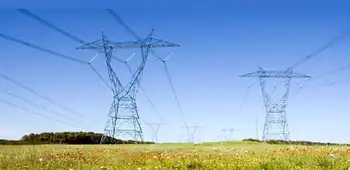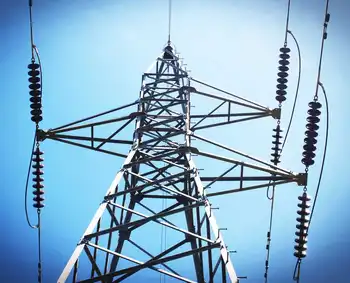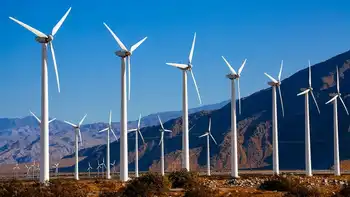MIT's proposes green power plant
By United Press International
CSA Z462 Arc Flash Training - Electrical Safety Essentials
Our customized live online or in‑person group training can be delivered to your staff at your location.

- Live Online
- 6 hours Instructor-led
- Group Training Available
The system, based on solid-oxide fuel cells that produce power from fuel without burning it, would not emit any carbon dioxide or other gases into the air. Instead, it would produce a stream of mostly pure carbon dioxide, which could be harnessed and stored underground through carbon capture and sequestration.
The system, proposed by postdoctoral associate Thomas Adams and Paul I. Barton, the Lammot du Pont Professor of Chemical Engineering of MIT, runs on natural gas, considered to be more environmentally friendly than coal or oil. According to the researchers, natural gas is a relatively plentiful fuel source, with proven global reserves expected to last about 60 years at current consumption rates.
Natural gas power plants currently produce an average of 1,135 pounds of carbon dioxide for every megawatt-hour of electricity produced, which is half to one-third the amount emitted from coal plants.
Conventional natural gas plants with CCS typically consume large amounts of water. But the proposed MIT system produces clean water, Adams said, that could be treated to provide potable water.
The system would not require any new technology, but instead would combine existing components or ones that are already well under development, in a novel configuration for which the researchers have applied for a patent.
The basic principles of the plant have been successfully demonstrated in a number of smaller units, including a 250-kilowatt plant. Practical application of such systems, Adams said, is "not very far away at all" and could be ready for commercialization within a few years.
"This is near-horizon technology," he said in a MIT release.
When it comes to generating electricity, "the cheapest fuel will always be pulverized coal," Adams said.
Adams and Barton, with funding from the BP-MIT Conversion Research Program, used computer simulations to analyze the relative costs and performance of the system, comparing it to existing or proposed generating systems, including coal-powered systems incorporating carbon capture technologies.
Adams pointed out that when there is some form of carbon pricing — which attempts to take into account the true price exacted on the environment by greenhouse gas emissions — "ours is the lowest price option," if the pricing is more than about $15 per metric tons of emitted carbon dioxide.
If the cap-and-trade provisions of the Clean Energy and Security Act were enacted, Adams said, the actual price of carbon per ton would vary, as determined by the market.











